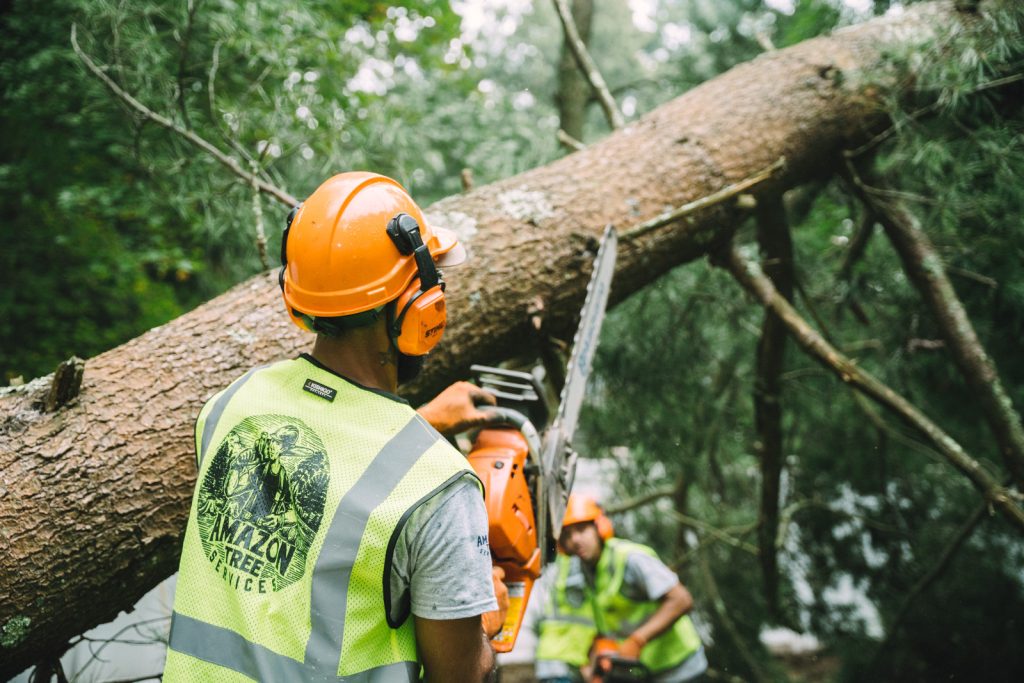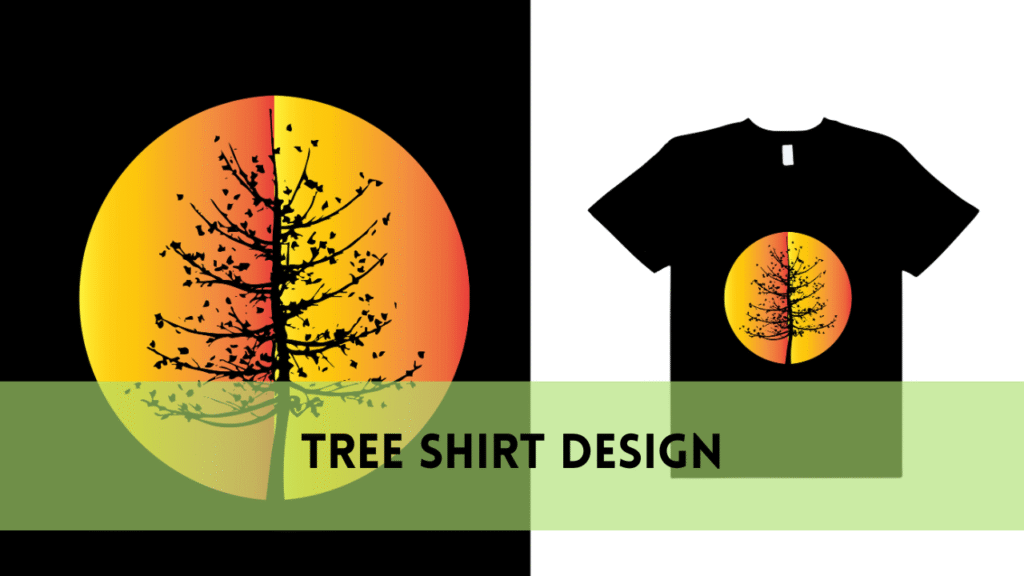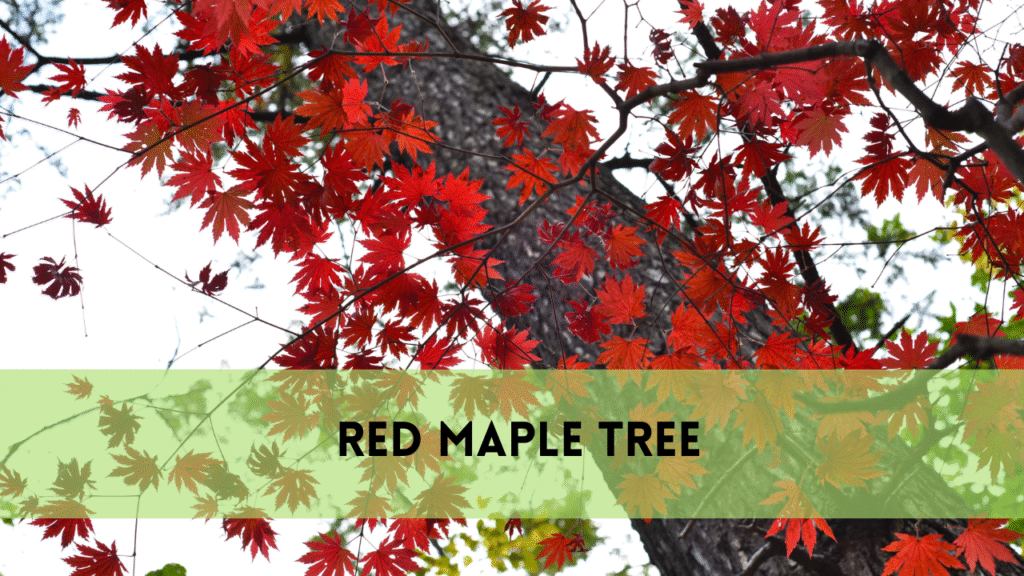What To Do With Uprooted Trees
An uprooted tree can be a disturbing aftermath of a storm, severe winds, or other natural calamity. Following such events, property owners are frequently faced with a critical decision: whether to replant the tree in its original location or to remove it totally. This decision is influenced by a number of factors, including the tree’s health, size, root damage, and anticipated replanting location. Each tree is an individual, and knowing how to negotiate these concerns is critical to ensuring the greatest outcome for both your environment and the tree’s health. Learn What To Do With Uprooted Trees: Replant or Remove?
Consider the Size of the Tree
Uprooting of a Large Tree
Large trees are rarely uprooted and survive. Their root systems are large and developed, supplying water and nutrients to the tree. They are not strong enough to feed the tree with enough amounts of food and water when significant severing happens, leading the tree to die. However, replanting a large tree is difficult because their massive root systems anchor the tree down, providing stability. This solidity is difficult to reestablish once the roots are cut. It is also difficult to get a large tree to stand straight in the first place.
The Uprooting of a Small Tree
smaller trees have a better chance of survival. After being uprooted, some of their root system remains intact, and their smaller size lowers the amount of exterior damage to the trunk and branches caused by the actual fall. When uprooted, they experience the same level of stress as giant trees, but can usually be replanted. Professional tree service is required to properly replant uprooted trees. This is because they have the necessary tools, training, and knowledge to accomplish the work safely and efficiently.
Medium-Sized Trees
Trees with trunk diameters ranging from 4 to 12 inches (10 to 30 centimeters) fall into the medium-sized category.
Replanting medium-sized trees is possible with proper equipment, expertise, and care.
These trees may require more resources and a larger root ball to ensure successful transplantation.
Location
The location of the uprooted tree and the place you wish to replant it are key considerations. Consider the soil quality, sunlight, and accessible space. Check that the new site matches the tree’s specific needs.
Consult an Arborist
If you’re unsure about the tree’s condition or the feasibility of replanting, it’s advisable to consult with a certified arborist. They can assess the tree’s health and provide expert guidance.
Replanting
Replanting is a potential alternative if the tree is healthy, tiny, and in a good site. Make certain that you:
Make a hole at least twice the width of the root ball.
Plant the tree at the same depth as before.
Water the tree thoroughly after planting and keep it moist.
If necessary, stake the tree to give stability.
Services for Tree Transplantation
Consider employing professional to tree transplanting services for larger or more difficult trees. These professionals have the necessary equipment and experience to securely transport and replace huge trees.
Tree Cutting
If the tree is injured, diseased, or in an unsuitable site for replanting, it may be advisable to remove it. Tree removal may sometimes be required for safety concerns if the tree is in danger of falling.
Options for Longevity
Consider alternative uses for the wood if you decide to remove the tree. You can recycle it as firewood, mulch, or engage a craftsman to make furniture or art out of it.
Planting Replacement
If you decide to remove the uprooted tree, think about planting a replacement in an appropriate site. Choose a tree species that thrives in the environment and matches your landscaping objectives.
How to take care of an uprooted tree?
First, replace the tree as soon as feasible. Make a hole that is deep and wide enough to accommodate the roots without bending or crowding them. Place the tree at the same depth it was planted at, making sure the root collar is level with the soil surface.
Water the tree thoroughly after replanting to remove air pockets and settle the soil around the roots. Maintain consistent soil moisture by watering deeply on a regular basis.
Apply an organic mulch layer around the tree’s base, allowing a gap around the trunk to prevent moisture buildup. Mulch aids in the retention of soil moisture and the regulation of temperature.
Related Posts:
Why Are Trees Uprooted During a Storm?
Storm-generated high winds exert great strain on trees, particularly those with large canopies. These winds can exert a pulling force on the tree’s limbs and trunk.
soak the soil surrounding the tree’s root system. When soil becomes wet, it loses its rigidity, making it easier for the tree’s roots to slip.
Trees with shallow root systems are more vulnerable to uprooting during storms. Deep-rooted trees are more stable in the soil and less likely to fall over.
Trees with weakened root systems as a result of disease, rot, or other reasons are more susceptible to uprooting. Stability is enhanced by healthy roots.
Trees with weakened root systems as a result of disease, rot, or other reasons are more susceptible to uprooting. Stability is enhanced by healthy roots.
Some tree species have stronger root systems and are more wind resistant than others. Trees with flexible trunks, such as palms, can sway in the wind without being uprooted Younger trees with less developed root systems are more easily uprooted than older trees with extensive root networks.The type of soil also matters. Loose or sandy soils are less stable than compacted or clay soils.
How Long Can An Uprooted Tree Live?
Some tree species are more resilient than others. Healthy tress have more chances of surviving than those weakened by disease or decay
Smaller trees are more likely to survive than larger because they have a smaller canopy to support and their root system are less complex
Proper replanting and post uprooting care including mulching, watering, can improve trees chances of survival
Should I replant an uprooted tree?
Replanting an uprooted tree can be a good option if the tree is healthy, the root damage is minimal, and you have suitable conditions for it to thrive in its new location.
When is it best to remove an uprooted tree?
It’s advisable to remove an uprooted tree if it has extensive root damage, is severely damaged, poses a safety hazard, or if the intended replanting location is unsuitable.
How do I replant an uprooted tree?
To replant an uprooted tree, dig a hole that accommodates the root ball, plant the tree at the same depth as it was originally, water thoroughly, mulch, and provide support if necessary.
Can I salvage wood from a removed uprooted tree?
Yes, the wood from removed uprooted trees can be repurposed for firewood, mulch, or used by woodworkers to create furniture or art.
Conclusion
Whether to replant or remove an uprooted tree is a significant decision that affects both your landscape and the tree’s survival. It must be done to evaluate elements such as the tree’s health, size, root damage, and the viability of the replanting area. When done promptly and with care, replanting can be a good choice for healthy, smaller trees with minimal damage. Larger, damaged, or dangerous trees, on the other hand, may require removal to avoid hazards and assure safety. A qualified arborist can provide expert advice suited to your individual circumstance, guaranteeing the best possible outcome for both your landscape and the tree.




